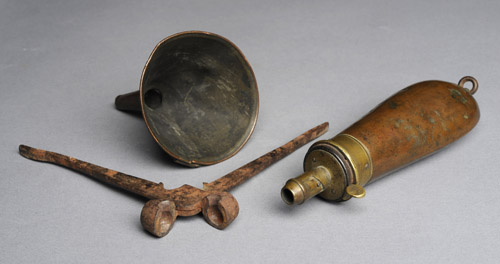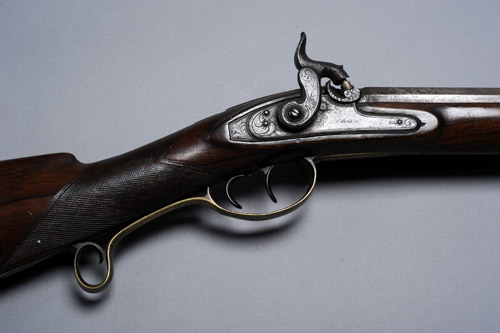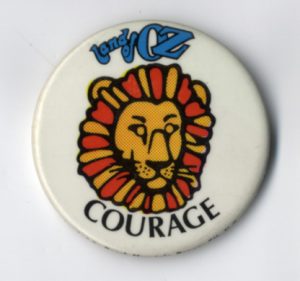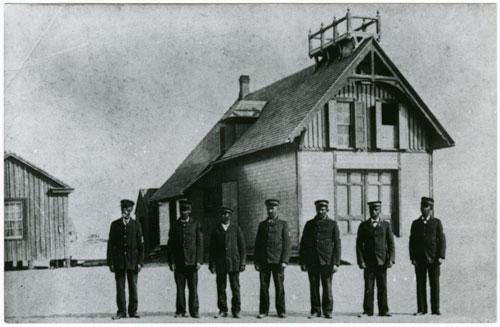“In Wilmington, North Carolina, [in 1775] a committee [of insurgents] went door to door for signatures to a new loyalty oath. According to its own minutes, the committee gave holdouts six days to reconsider before it published their names and ordered fellow-citizens to shun and boycott them — a stern but legal measure.
“In the journal of a visiting Englishwoman, however, [was] found another version. In downtown Wilmington one day, the woman saw a number of her American friends on the street: ‘I stopped to speak to them, but they with one voice begged me for heaven’s sake to get off the street, making me observe they were prisoners . . . and that in all human probability some scene would be acted very unfit for me to witness.’
“Probably, they expected a punishment like tarring and feathering, which would be more humiliating if a woman they knew was watching.
“Militiamen said the Englishwoman’s friends were free to go if they signed the loyalty oath. She waited in a house nearby while her friends held out, and sometime after two in the morning they were released.”
— From a review of “American Insurgents, American Patriots” by T.H. Breen in The New Yorker, Dec. 20, 2010
![]()















